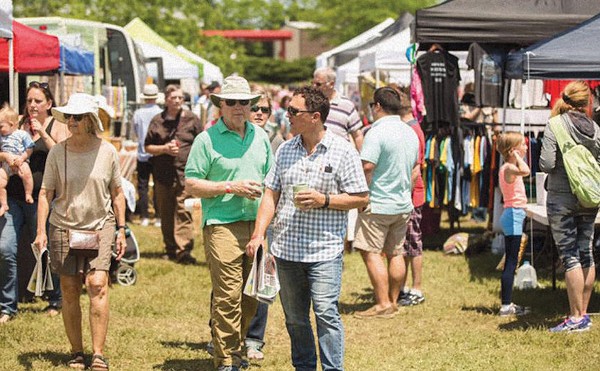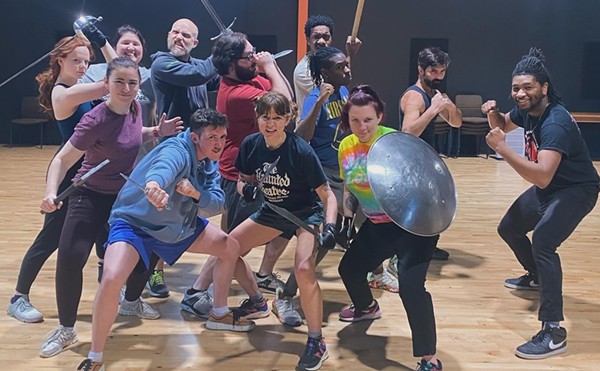In line at the complimentary buffet inside the exclusive Bacardi VIP Infield tent (which effectively serves as a kind of protective “Green Zone” for the affluent amidst the surrounding rabble of the Infield), I spot the woman of my nightmares: Poured into a skintight vinyl tube top revealing a body sculpted by saline and surgeon’s hand, the bleached-blonde, fake-breasted creature exchanges pouting glances with her 50-something beau, clutching a shiny handbag and an empty plate and waiting for the queue to progress, turning her body to face me and in so doing revealing inflated plastic lips and a horrific scar bowing across her forehead, stretching from temple to temple, likely the result of a botched face-lift that cost almost as much as I make in a year.
In many respects, this Frankenstein’s monster illustrates the lengths to which people go to scrub themselves clean of their perceived shortcomings (economic, physical or otherwise) and their willingness, be it for one fine afternoon at the track or a lifetime of plastic surgeries, to adopt a new identity.
Watching the finely tailored, $10 cocktail-drinking crowds populating the Grandstands, it becomes clear that the coveted identity is one of upper-crust Derby mythology: the high-rolling man, a wad of bills and a racing program rolled up in his back pocket, chomping on his bulbous cigar, slapping the backs of his fellow good old boys with each ribald joke; the Southern belle woman, sipping her Lilly, perpetually adjusting her enormous, architecturally unsound hat while hawkishly evaluating the dress of her peers.
Given that Oaks tradition is a race featuring only female horses, aka fillies, it’s of little surprise that the PR-industrial complex that has mushroomed around the cause of breast-cancer awareness would so dominate the color spectrum at Churhchill Downs, from the color choice of shirts and dresses right up to the rose-hued flags billowing atop the twin spires.
But without these pretensions and the culture that they nurture, there would be little reason to venture to the track in the first place. As noted author, drinker and erstwhile gambling addict Charles Bukowski noted:
“The worst thing about it is that thirty or forty minute wait between races when you’ve got to play tiddly-winks and time is just burning. It’s an insult. Well, I guess they’ve got to sell their hot dogs and drinks. The track is a very dull place. Even when I win sometimes I’m bored out there. Of course I’m more bored when I lose. I really think they should shut those places down — they’re tragic places. Those faces: Everybody comes in all bright and fresh, but by the fourth race they’ve had it.”
Yet without the 30-40-minute wait, that glorious moment of sporting purity, cutting through lines of class and pretension, would have less resonance. As the horses make their final turn, the predictable crescendo of cheers and screaming boils up and across the Grandstands into a peak of human emotion, ebbing and breaking back as the race-goers study their forms, make notes, sip from drinks and return to their fragmented conversations of fortunes won, lost or (as is most likely) fortunes that were never in jeopardy at all.
And so it goes for hours as thousands of animals baptize themselves in the spectacle of sport.





